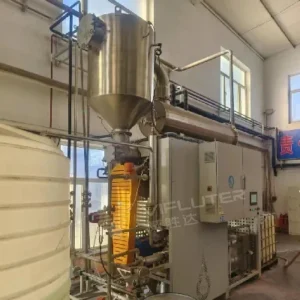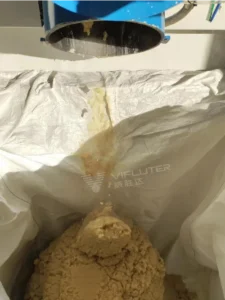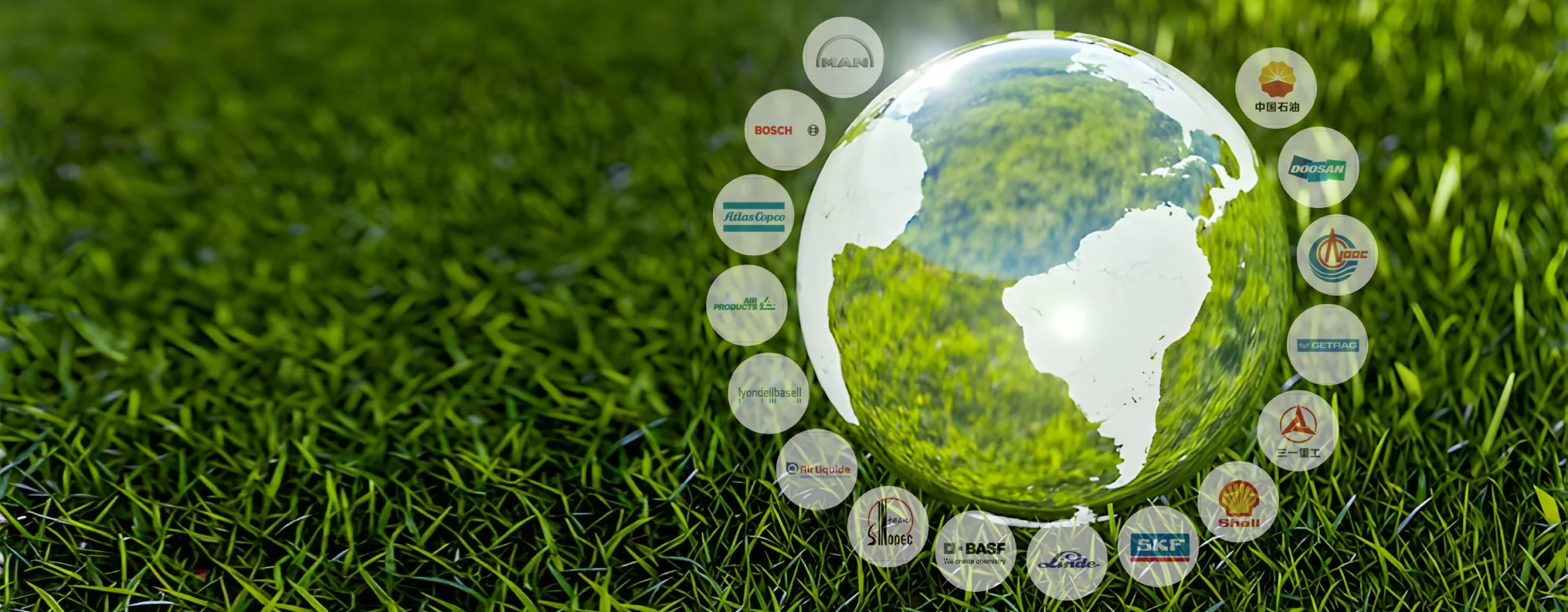Common treatment processes and pain points of pesticide wastewater
Most methods for treating pesticide wastewater use physical and chemical methods, including adsorption, extraction, hydrolysis, oxidation, membrane separation, etc. Among them, thermal technology, as one of the supporting technologies for zero discharge of wastewater, mainly includes membrane distillation (MD), flash evaporation (MSF) technology, multi-effect evaporation (MED) technology, mechanical compression evaporation (MVR) and other technologies. Thermal method is to use heating and concentration to remove the light components of the solution in the form of fractions, and the heavy components are concentrated to increase the concentration of the solution.
Pain points of conventional thermal technology treatment:
1. “Four highs and one low”, namely “high COD, high chroma, high toxicity, high salinity, low B/C”, difficult to biodegrade;
2. Pesticide wastewater has high water content, and traditional evaporators are difficult to further concentrate and crystallize, and it is difficult to use it as waste salt for resource thermal treatment;
3. Traditional evaporators are prone to scaling and pipe clogging, with reduced efficiency, frequent cleaning, and even paralysis.

New and efficient treatment process for pesticide wastewater
To solve the problem of wastewater treatment in the pesticide industry, Winsonda has revolutionized the use of skid-mounted mother liquor low-temperature drying devices, which reduces energy consumption by more than 50% and has lower operating costs. The device uses Miller plate jacket heat exchange, the vacuum degree in the evaporation chamber is -95~-97kPa, and the evaporation temperature is generally maintained between 40~45℃. The evaporation chamber uses a spiral scraper for stirring, which can ensure uniform heating. At the same time, the setting of stirring shaft heating can enhance the heat exchange effect and improve the dryness of the discharge.
Classic case
The customer is a pesticide company that specializes in the production of emamectin benzoate products. A large amount of high-concentration sodium chloride wastewater will be generated during the production process of emamectin benzoate. Emamectin benzoate has a strong bactericidal effect. Because its production wastewater has high biological toxicity, it will have a huge impact on the biochemical system of the sewage station. Since the customer uses methanol solvent in the cleaning process, the solvent content in the waste liquid is particularly high, with a methanol content of more than 15%. The safety requirements during the treatment process are high. The traditional evaporation process is used, and the system is prone to crystallization and pipe blocking, and the equipment is severely corroded. The evaporated wastewater has a particularly strong odor; the traditional biochemical method is difficult to treat, and there is not enough space on site to rebuild the biochemical system.

For this stock of wastewater, Winsonda customized a skid-mounted mother liquor low-temperature drying device (10T/D). This process has the following advantages:
1. Integrated intelligent treatment system, stable equipment operation, and high degree of automation;
2. The system can achieve the role of high-salt wastewater treatment, and through water quality simulation analysis, it can also achieve the role of solvent reuse. After the solvent concentration reaches 30%, the system is recycled to the front-end system for reuse, which greatly reduces the production cost and has good economic benefits;
3. The pioneering use of segmented recovery ensures that the system can minimize the wastewater treatment cost at the back end;
4. The system occupies a small area, which is far lower than the area occupied by equipment of the same treatment scale.
Combined with on-site applications, Winsonda not only helps customers to achieve the concentration of methanol solvent to 30%-40% to meet the reuse requirements, but also realizes the solid-liquid separation of high-salt wastewater, low water disposal cost per ton, high automation of low-temperature evaporation crystallizer, no additional labor investment, and salt slag moisture content<15%, greatly improving customer economic benefits.
